Not to be confused with white snakeroot which is another species entirely (Ageratina altissima). May also be called white lettuce. Native in southeastern PA. Other common names include white lettuce or lion’s foot. Rattlesnake root comes from its ethnobotanical use, where some indigenous tribes would make a poultice from the root to treat snakebites. There are reportedly other medicinal/herbal uses for this species, which is why I included it in my Apothecary category.
Did you know lettuces are in the Aster family? If you’ve ever let your lettuce bolt and go to seed, you’d notice some similarities between them and other asters. If you have a dedicated large garden area for growing food, I personally recommend letting them re-seed. Lettuces are already easy to grow, but nothing’s easier than having to do nothing to grow them.
Asteraceae is a massive family, with over 1,900 genera comprising of over 32,000 species. For this reason it is split up into many subcategories like subfamilies, tribes, subtribes, etc. Nabalus is in the same tribe as lettuces, dandelions and related species, Chicoriae, sometimes called Lactuceae (or the Lettuce tribe). Of course, just because something is related to cultivated lettuce, which has been selected over hundreds or thousands of years for better tasting greens doesn’t mean they’re all good. I know some people enjoy dandelions, but I find them too bitter and unpleasant. There are definitely better forage plants out there.
Where to find white rattlesnake root in the wild
Hardwood or mixed hardwood-conifer forests in almost all soil types. Rarely abundant but found in almost every woodlot or forest within its range. Most common under a light canopy (such as oak, aspen, and pine) on hillsides; often proliferates after logging or windstorms.
Source: Sam Thayer’s Field Guide to Wild Edible Plants of Eastern & Central North America, p. 358
Worth noting, the basal leaves can be quite variable in shape. This one can be a bit of a challenge to learn in the wild. The species does release a latex sap when leaves/stems are broken that turns brown. Basal leaves are anywhere from 1-10″ long, at first starting out looking like arrowheads (as in the photo) but develop lobes over time.
Grow white rattlesnake root in the garden
Many people have the false assumption that once the spring ephemerals are done, there’s nothing exciting going on under the woodland canopy. This isn’t true. There are many showy flowers that continue to grow and bloom in the shade, long after the canopy leafs out. This is one that, when it blooms, does so in late summer through early fall. If you’re working on rewilding a true eastern woodland garden, I think including this species is a good idea.
There’s a reason I wrote when. Many people commonly mistaken this species for a biennial, because in many cases, it germinates in the first year and then bolts in the second. Once it goes to seed, it’s done. Unlike biennials, however, this can remain in a basal leafy state for several years. I have a different species (I believe Nabalus altissimus) I planted near my home last year. This year, it has yet to show any signs of bolting, meaning it’ll likely remain there for at least another year. It’s only once they’ve stored up enough energy in their roots that they are ready to bolt. The genus is anything but predictable, which I think adds a little excitement to gardening.
It’s not unusual – lettuces bolt too, and then they’re done. True agave are also monocarpic, which is what sets the false aloe apart (because it can bloom many times in its lifetime). Annuals and biennials are also monocarpic – they just exist on a more predictable and shorter time scale.
White rattlesnake root is edible
“Tender leaves in spring or early summer can be eaten raw or cooked. Just prior to bolting the leaves usually become more bitter. The shoot is bitter but can be eaten steamed or boiled and is very tender when young. […] [Nabalus] is not particularly well known as an edible green but is abundant, widespread, and pretty good.” – Sam Thayer
Sam also notes that while some species of Nabalus are quite bitter, Nabalus altissimus is “equally good.” If you’re working on a native food forest and wish to include more native foods in your diet, this is a good species to grow. The two are difficult to tell apart until you see the flowers. This species has white/pink/maroon flowers, whereas N. altissimus has yellow flowers. If you’re interested in other native wild edibles, check out my MagiK Pick category for Native Food Forest.


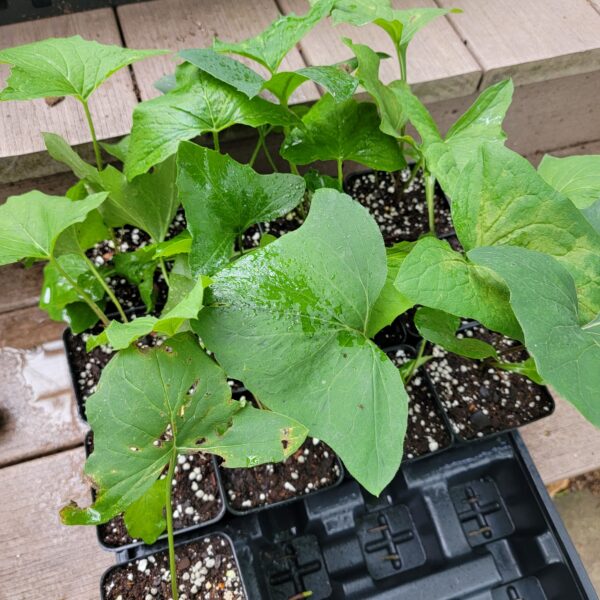





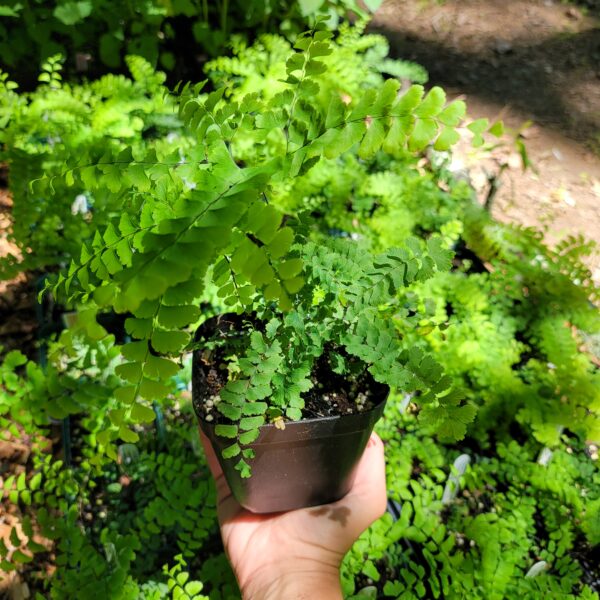
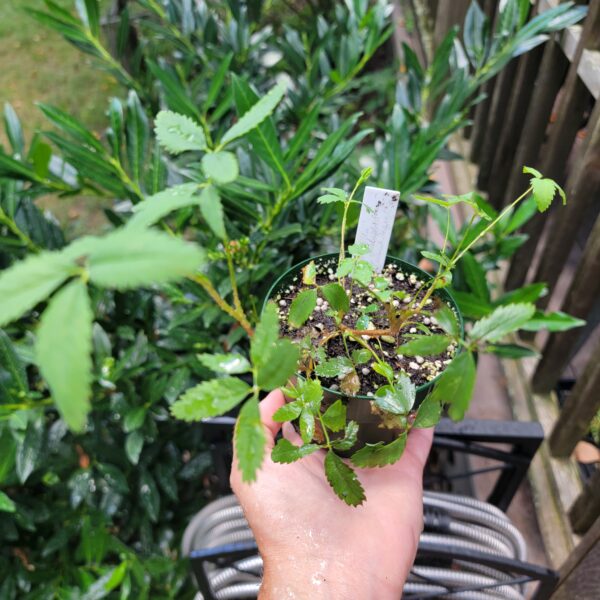
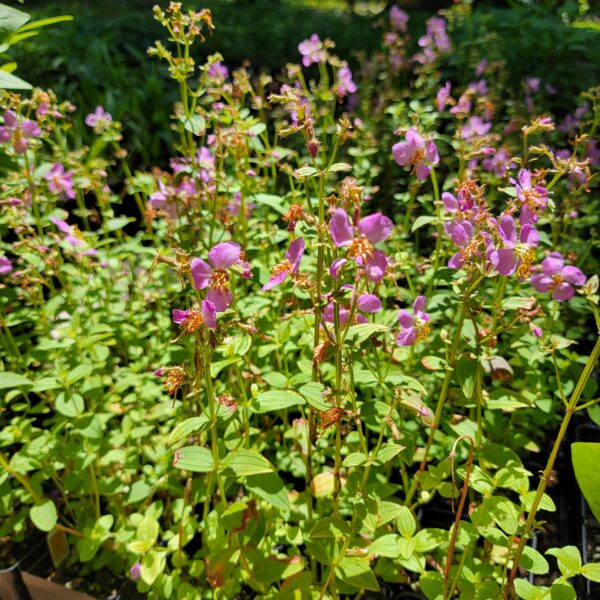


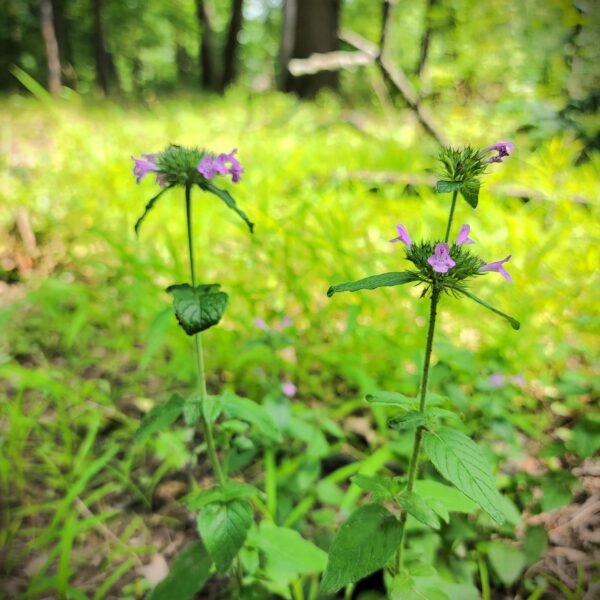




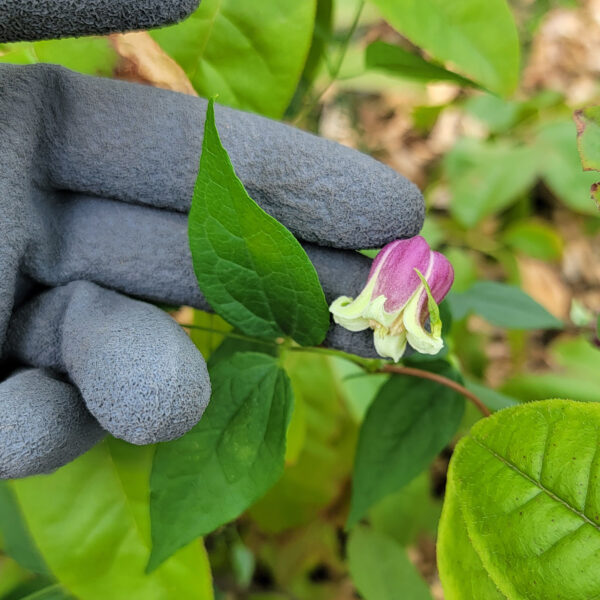


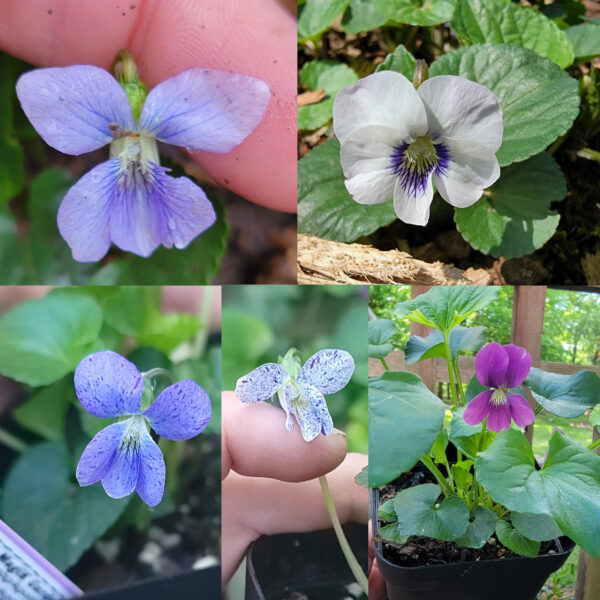
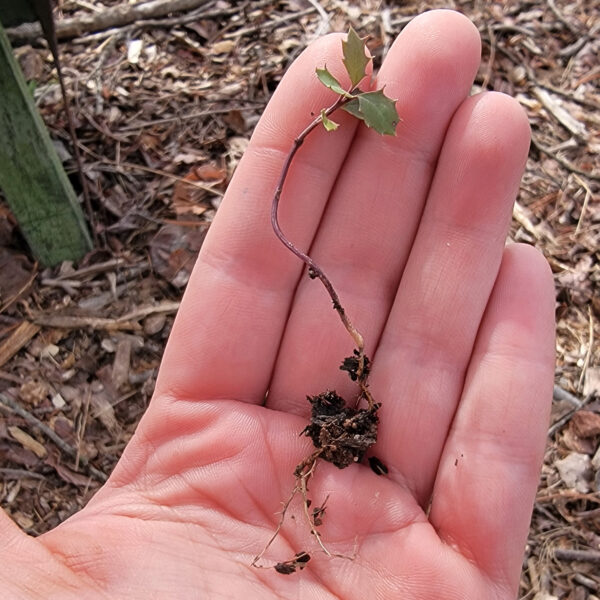

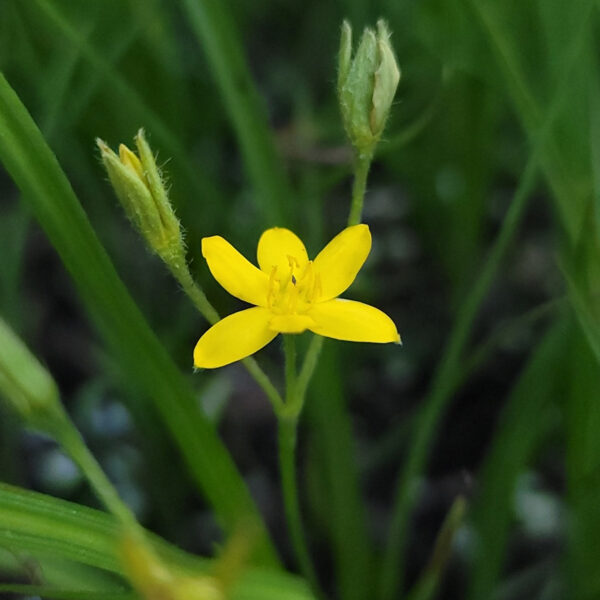
Reviews
There are no reviews yet.